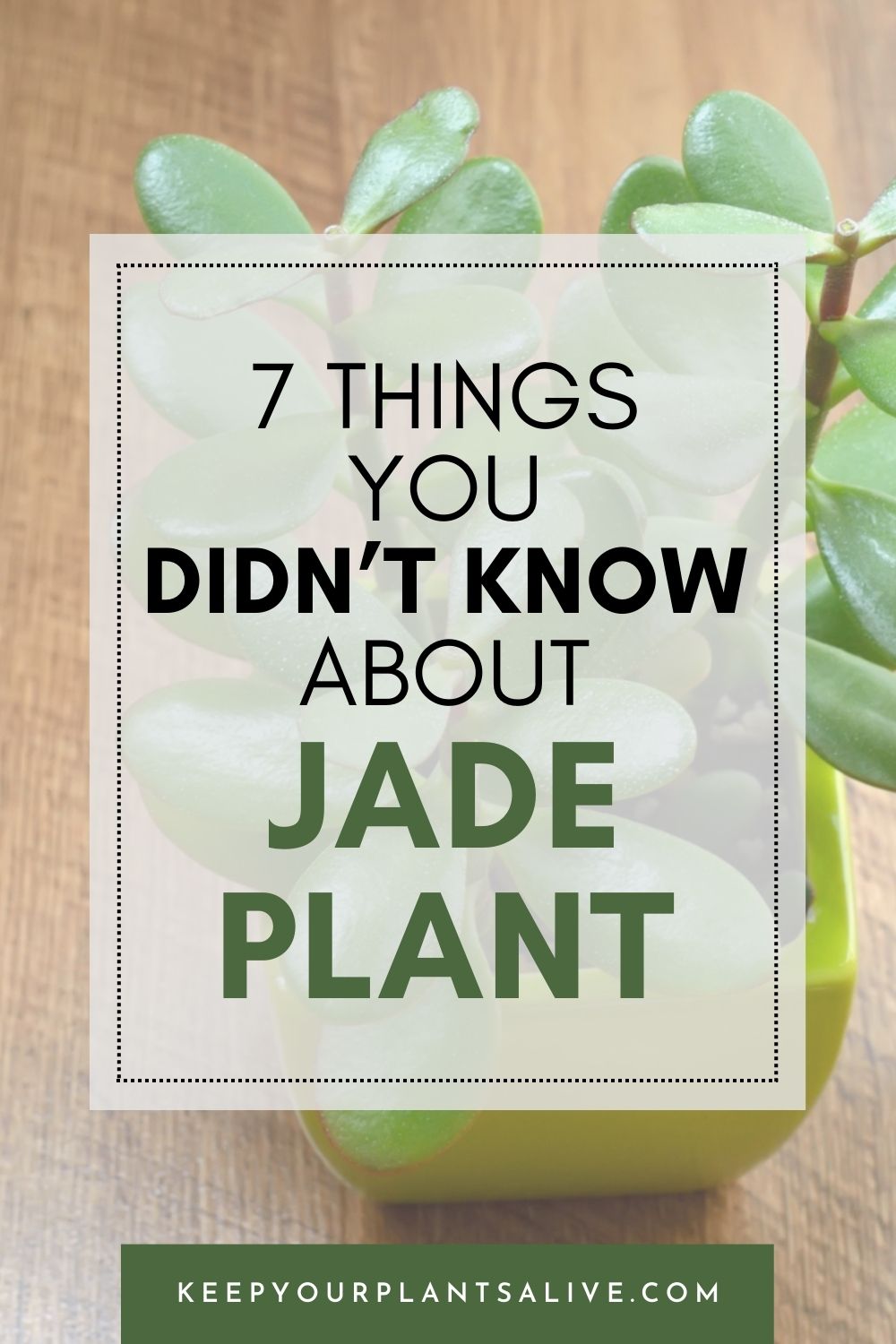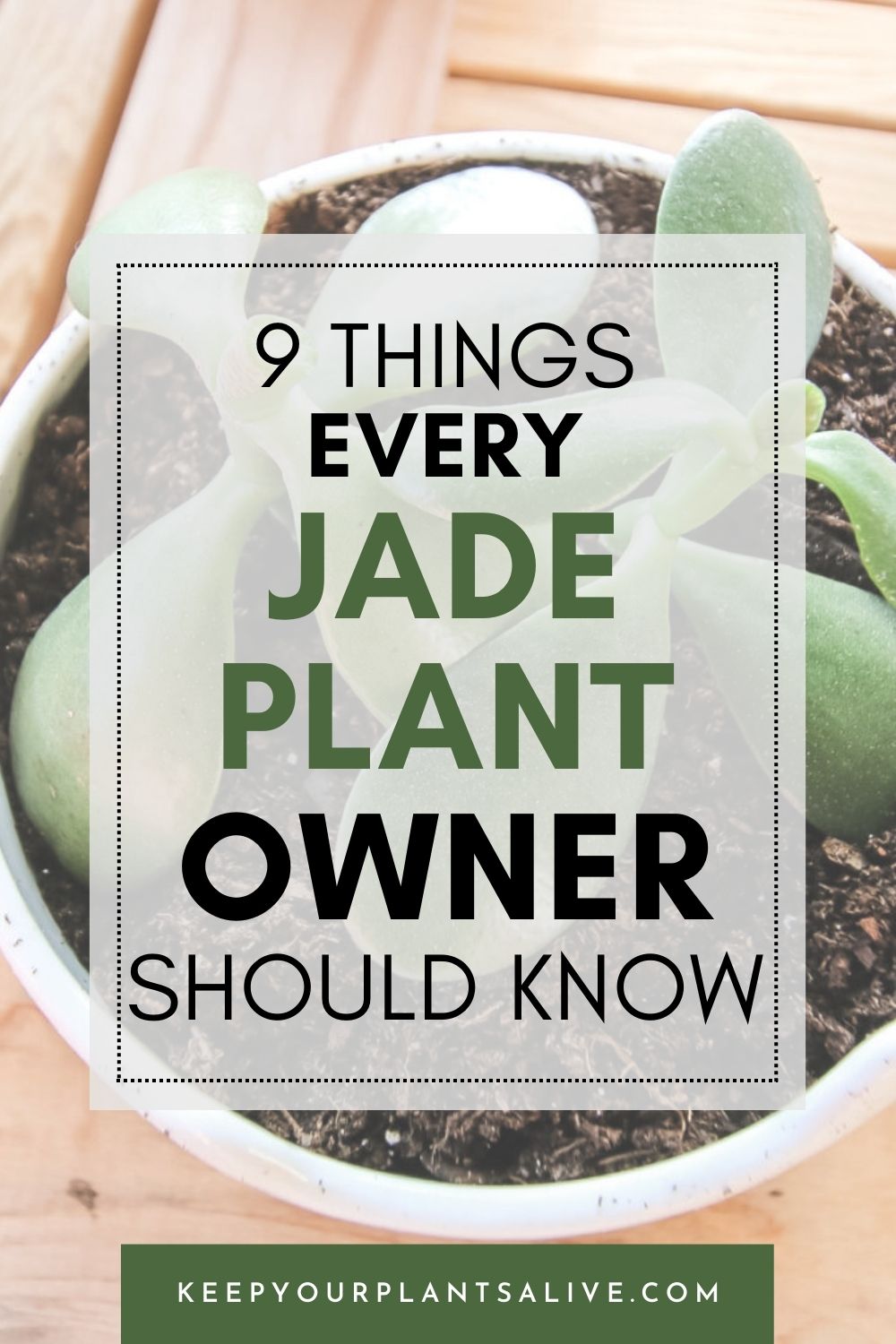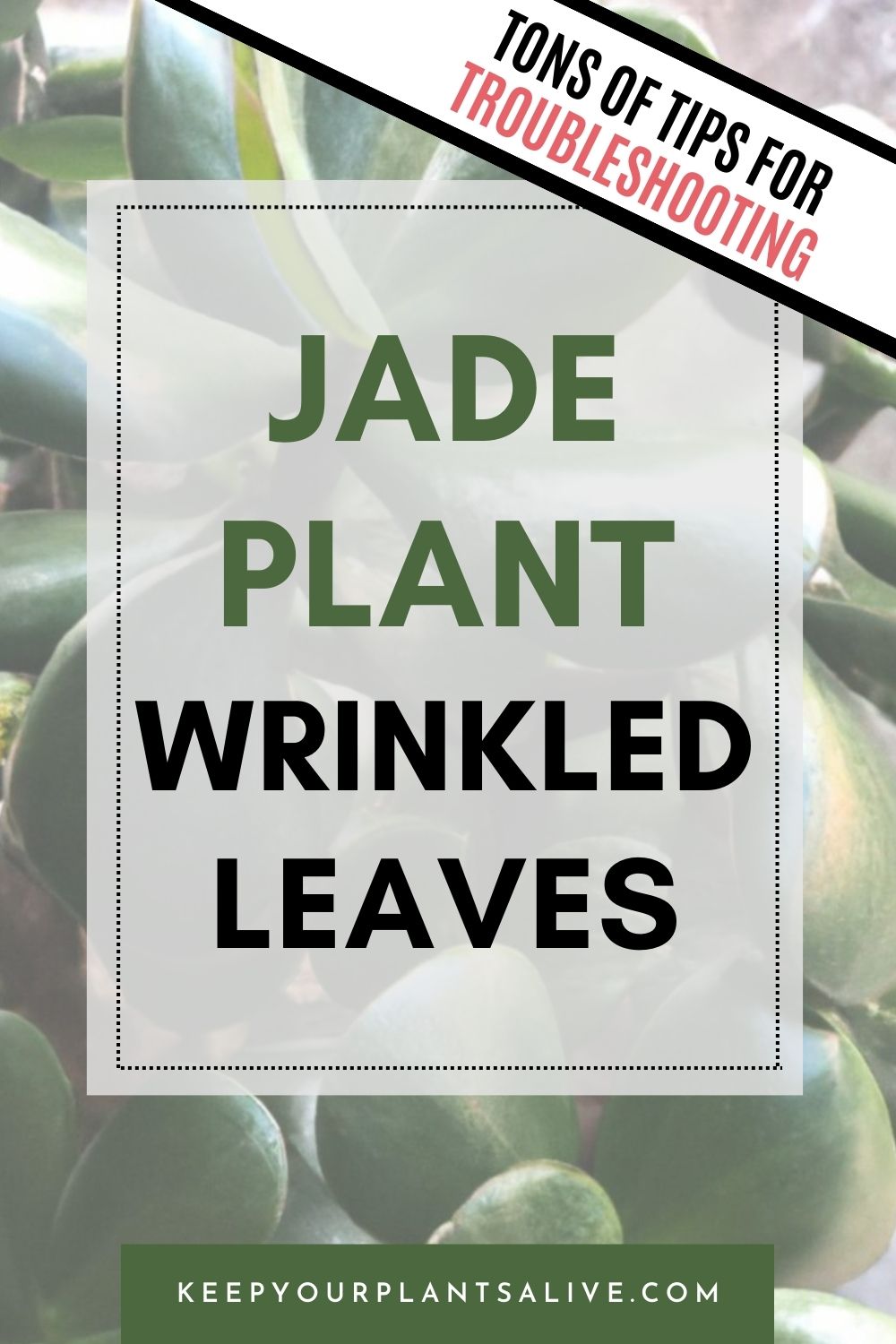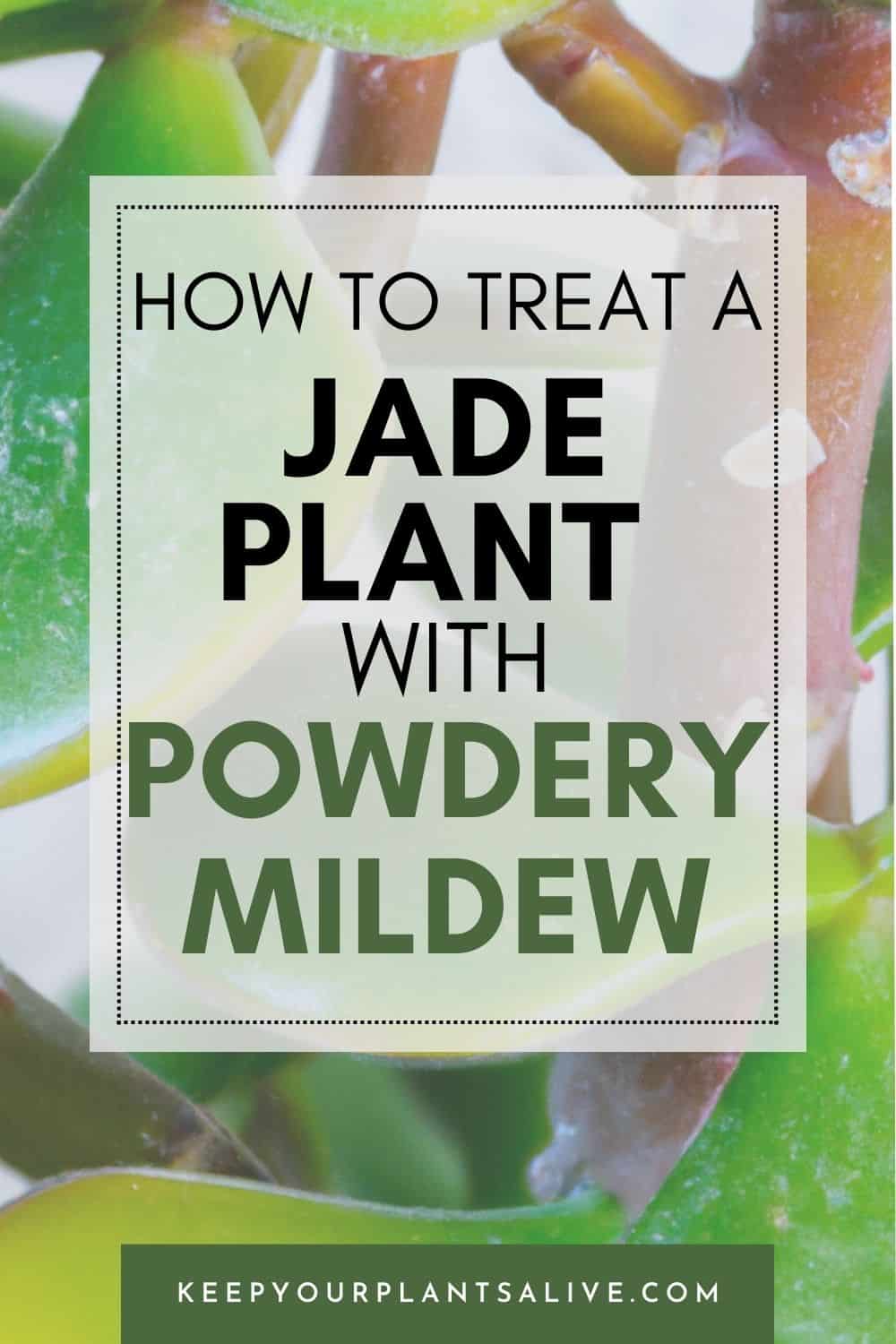Want to give your jade plant the VIP treatment? Here are the best pots for jade plants!
The Jade plant is a lovely succulent, and any area would benefit from having its thick, glossy, dark green leaves.
With its woody branches and oval-shaped leaves, the jade plant, also known as the money tree, has a tiny, tree-like look, making it highly tempting as a decorative houseplant.
They may grow to three feet or more indoors and survive a very long period. Because of their long lifespan, they are frequently passed down from generation to generation.
However, choosing the proper pot for your jade plant might be difficult, especially if you are new to plants.
But don’t worry, in this blog, we will get in-depth at the best way to look after these gorgeous plants!
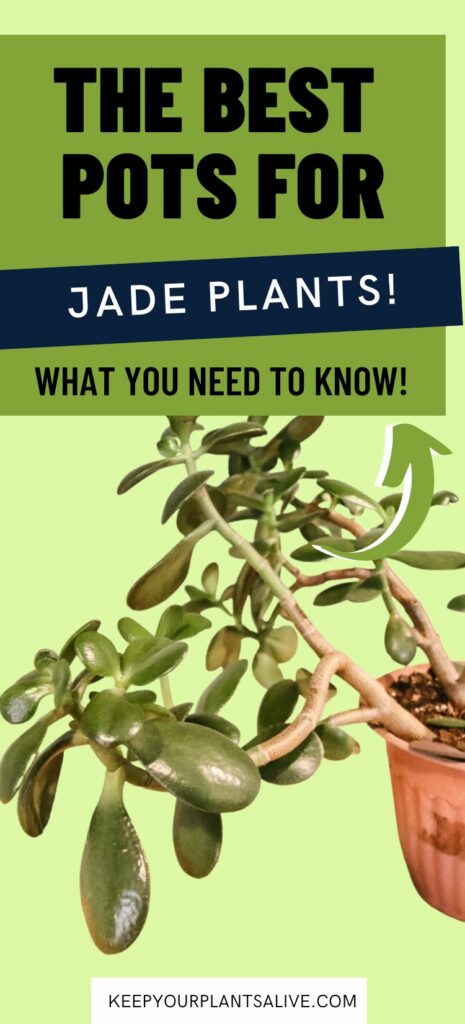
More about Jade Plants!
- Complete Jade plant care guide
- The best pots for jade plants
- How to propagate a jade plant
- How to properly water jade plants
- Why is my jade plant turning yellow?
- Why is my jade plant dropping leaves?
Printable Jade Plant care guide
Join the (free!) KeepYourPlantsAlive+ community to access this exclusive printable plant care guide! Once you sign up, you can right click & save the JPG care guide. Or keep scrolling for more!
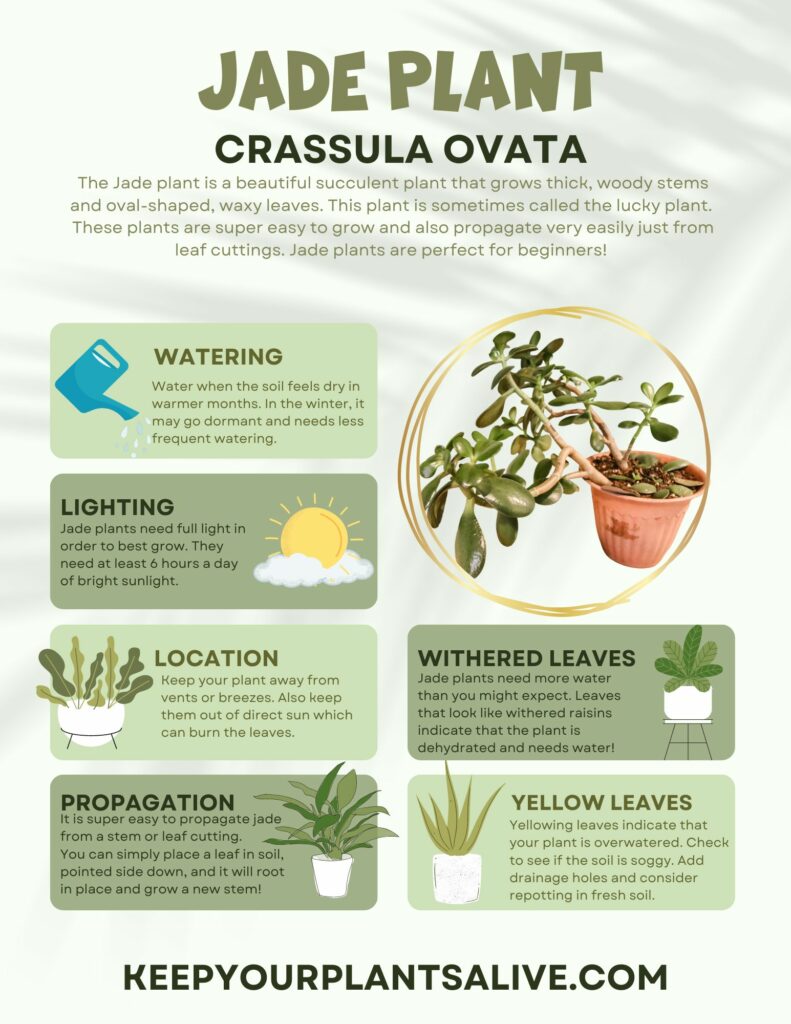
The best pot for your Jade plant
Size, drainage, and the type of material used to build the pot are the three most crucial factors to take into account when selecting the right container for your plant.
Normally, you want a pot that is constructed of clay or terracotta, has adequate drainage and is the right size for your plant.
Clay pots are common among gardeners and are excellent for the growth of jade plants since they quickly absorb rainwater and aid in the soil drying out.
Choose a pot that has excellent drainage
Succulents are drought-tolerant plants that don't require a lot of water in their natural habitat. They often reside in regions where rainfall occurs in short bursts, meaning there may be very little rain for several days, followed by rather heavy rainfall.
With this in mind, when succulents like jade plants are given water, they consume as much of it as they can rapidly, in case it would be a while before they get access to water again.
A pot with great drainage is important because the succulent roots will almost certainly start to rot if water is allowed to accumulate at the bottom of the container.
Furthermore, the plant may even take in too much water, resulting in withering.
Here is our guide on how to drill drainage holes in ceramic or clay pots!

Get your pot a stable base
The pot's base is one of the most crucial aspects to consider when selecting the best pot for your jade plant. This is so that jade plants with leaves that may grow to gorgeous bushes can reach larger heights.
The container should be able to support the weight as the leaves and stems swell.
The plant can occasionally develop into tiny trees or shrubs, growing up to eight feet tall. If your container isn't strong enough, it will probably topple over and seriously harm your plant.
Even though pruning is crucial to the growth process, you shouldn't take any risks with the pot's foundation. You could sometimes forget to prune promptly and realize your mistake after the worst has already occurred.
Moreover, pruning's main objective is to encourage the growth of both roots and stems. It follows that the container's base should be as broad as possible.
The perfect jade plant pot size
Beyond drainage and a solid base, selecting the correct pot for your jade plant is highly important.
Finding a container that is the proper size and has the appropriate characteristics for your plant is another part of it.
As jade plants often have little roots, you shouldn't cultivate them in a big container.
A big container will just store more moisture than your plant needs and increase the amount of dirt surrounding the roots.
The possibility of root rot issues will only rise due to the additional moisture.
How big should the growth container be, then? The ideal container size is one to two inches bigger than the plant's root ball. Also, ensure the pot has at least one drainage hole at the bottom.
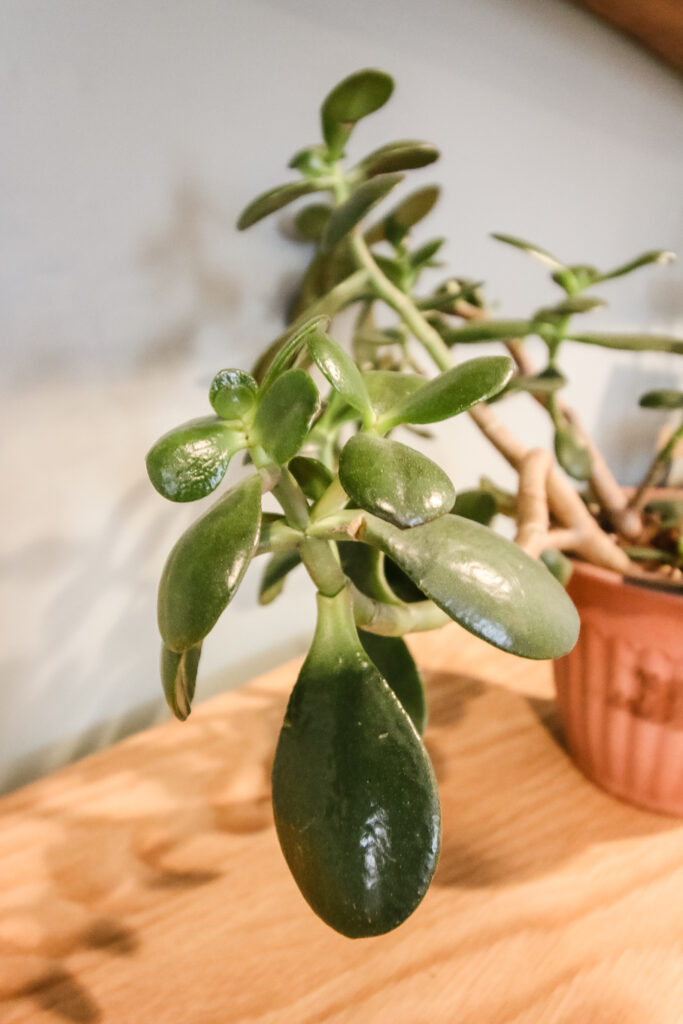
Soil composition
The success of the jade plant depends heavily on the soil's quality. In essence, jade plants demand loose, rocky soil that is well-draining, just like the majority of succulents.
A good drainage system is essential since excessive moisture can ruin your entire plant and lead to damp feet.
- While growing a jade plant, stay away from conventional all-purpose potting soils.
- Employ a potting mix designed particularly for succulents.
- Jade plants may thrive on relatively little soil. They are a fantastic option for dish gardens.
- Also, they thrive in slightly acidic soil with a pH of approximately 6.0. Succulent plants might die off if their soil is too alkaline.
Material
A ceramic or durable plastic pot with excellent drainage, which prevents the soil and roots from getting too wet, is the best pot for a jade plant.
Any pot will keep your content healthy, provided you have a draining mix. Only a small amount should be added to the diameter of the plant for the container size.
Hence, if your new plant had a diameter of roughly 4", a 5" pot would be adequate for one to two years.
Tips for keeping your jade plant healthy
- Behind stems and leaves, scale or mealybugs may conceal themselves. Use a spray bottle of water to get rid of the bugs, or gently wipe them off with some rubbing alcohol and a paper towel or cotton swab. The bugs' progeny must be eliminated by repeated sprays. It could be preferable to take a clean cutting from the plant and start over if it is too infected.
- While it can be an issue, powdery mildew is not very frequent indoors.
- Overly wet soil is the main cause of root rot. In between watering, let the soil dry out.
- The presence of wrinkled or shrunken leaves indicates a plant that needs to be watered more frequently or deeply.
- Squishy, waterlogged leaves indicate that the plant is receiving too much water.
- Leaf drop is another sign of a watering problem.
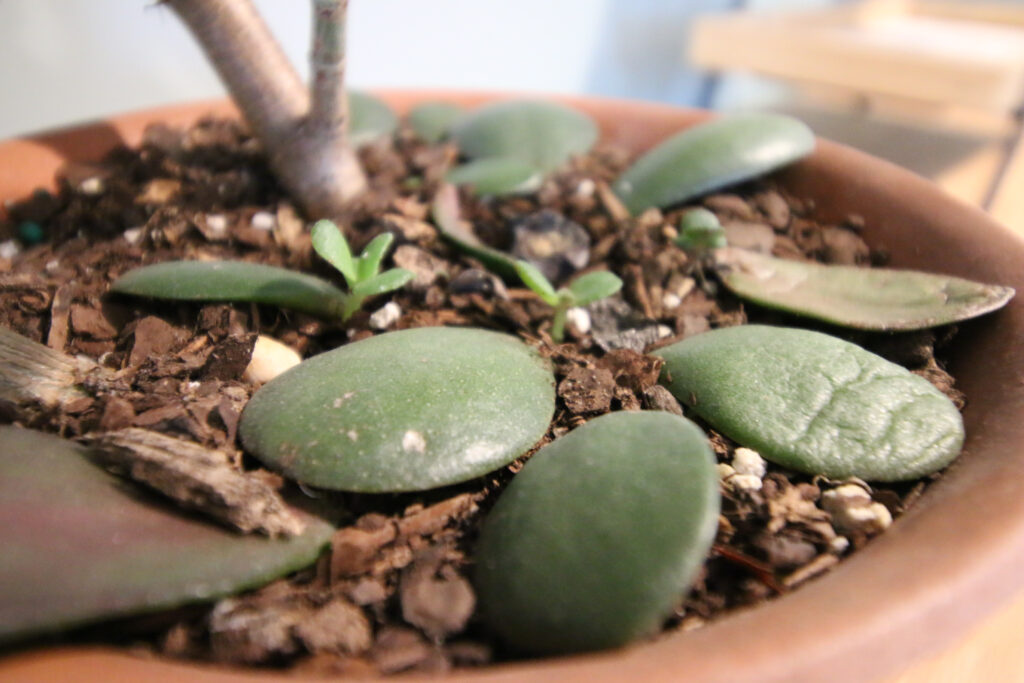
Final thoughts
Finding the ideal pot for your plant is typically the first step in successfully cultivating jade plants.
While other tasks like watering and fertilizing may seem difficult and demanding, finding the best pot for your jade plant can eliminate nearly half of your issues.
We hope that this information was useful to you and will help you choose the ideal pot for your jade plant. If you want to know even more, we have a free PDF jade plant care guide! Be sure to check it out!
Printable Jade Plant care guide
Join the (free!) KeepYourPlantsAlive+ community to access this exclusive printable plant care guide! Once you sign up, you can right click & save the JPG care guide. Or keep scrolling for more!

Before you go...
Once you get your jade potted, it might be time for a prune! I love how easy it is to root jade cuttings to fill out the pot or share with friends - don't miss our complete guide on how to propagate jade!
Thanks for reading!


Hey there, I'm Morgan, a houseplant enthusiast from sunny Charleston, South Carolina. Growing up surrounded by my mom's lush orchids and African violets, I discovered the magic of bringing nature indoors. Thanks to the pandemic, I delved deeper into houseplants, discovering their power to uplift moods and transform spaces. I'm here to spill all my secrets, helping you pick the perfect houseplant - and make it happy. Let's keep your plants alive, together! 😊

